Monitoring
-
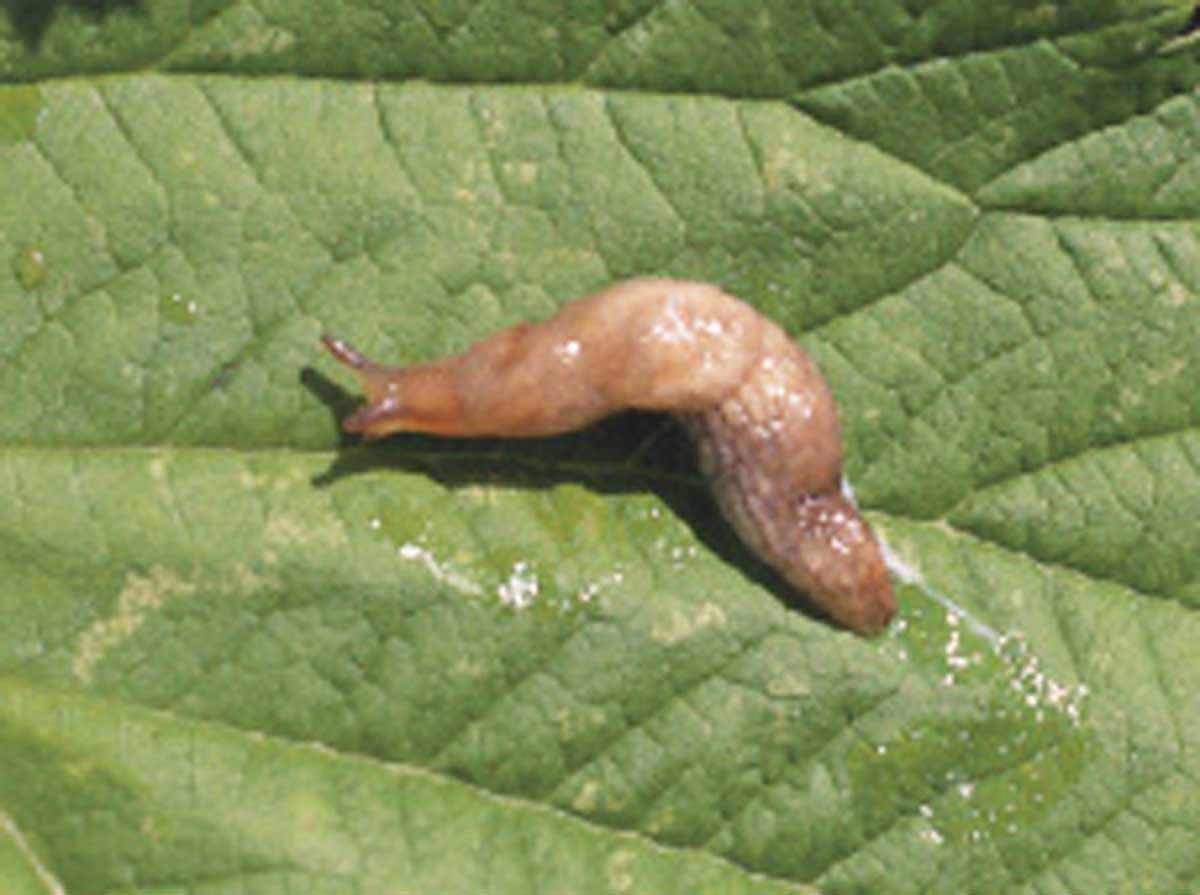
Ash Sial, Department of Entomology, University of Georgia;Renee Holland, UGA Extension, Bacon County I have recently received reports of slug infestations in Georgia blueberries. A number of slug species including Limax spp., Arion spp., and Deroceras spp. are known to infest blueberries. Slugs are soft-bodied mollusks without a shell. They can be 0.25-10 inches long.…
-
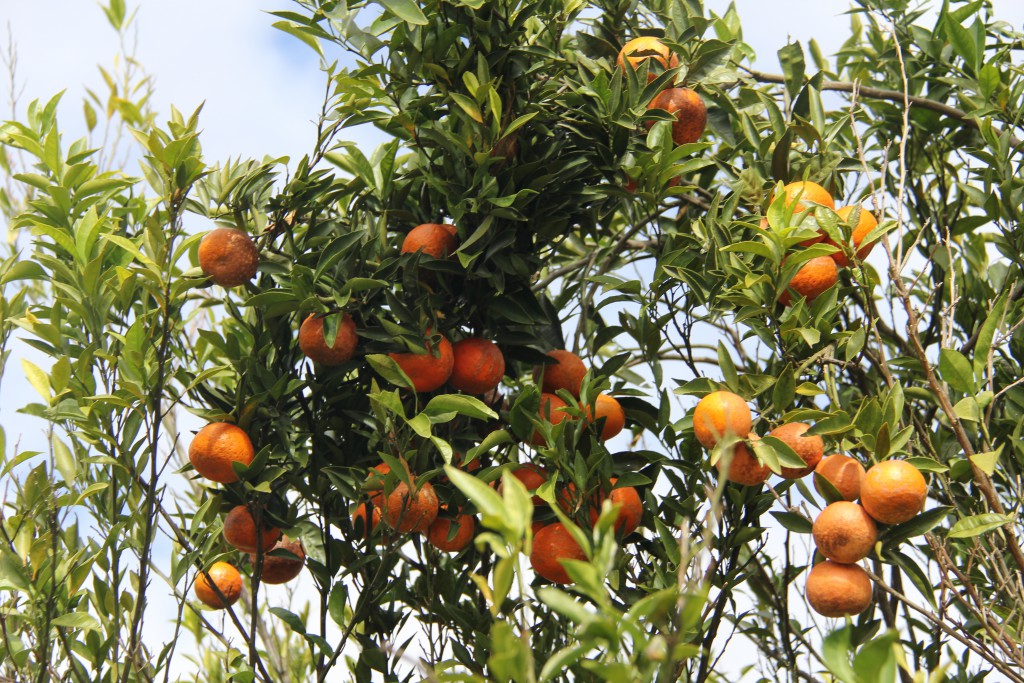
Authors: Emran Ali, Tammy Stackhouse, Sumyya Waliullah, Jean Williams-Woodward, Johnathan Oliver Published in Plant Disease International Journal Is one of the world’s smallest pathogens harming your citrus plants? Citrus production within the state of Georgia (USA) is rapidly increasing each year. There are citrus plantings in backyards, production, and plant nurseries within at least 32…
-

Written By: Ash Sial, Blueberry Entomologist; James Jacobs, Pierce County CEC; and Zack Williams, Bacon County ANR agent Over the past few years whiteflies have emerged as a major threat to several crops in Georgia and other states in the southeastern United States. In blueberries, whitefly populations typically increase after the end of harvest and…
-

Written by: Lisa Baxter, Extension Forage Agronomist Since it was first discovered in South Georgia in the summer of 2010, the bermudagrass stem maggot (BSM; Atherigona reversura Villenueve) has severely damaged bermudagrass (Cynodon dactylon) pastures and hayfields throughout the Southeast US. The damage begins when the BSM larva bores into the pseudostem (stem-like structure made…
-
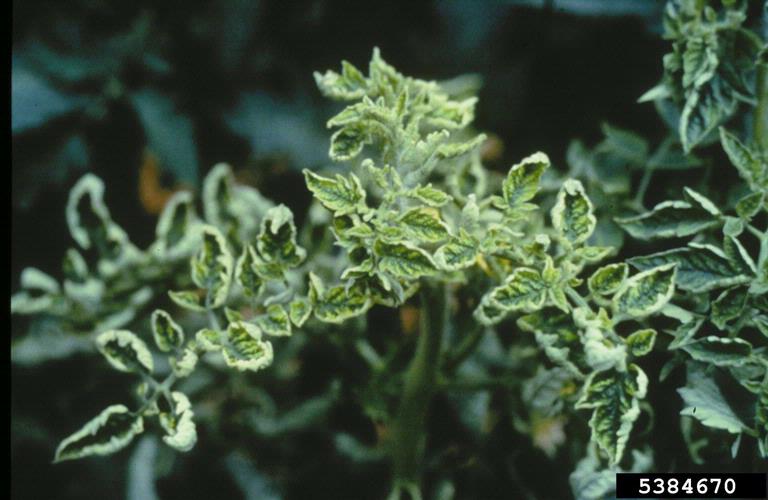
Witten By: Emily Cabrera, UGA IPM Communications CoordinatorExpert Sources: Alton Sparks, Extension Vegetable Entomologist, Bhabesh Dutta, Extension Vegetable Disease Specialist Vegetable growers are cautioned to be on the lookout now as silverleaf whitefly populations are already exploding in the Tifton-Colquitt area. “This is typically where we see this pest most years because so much of…
-
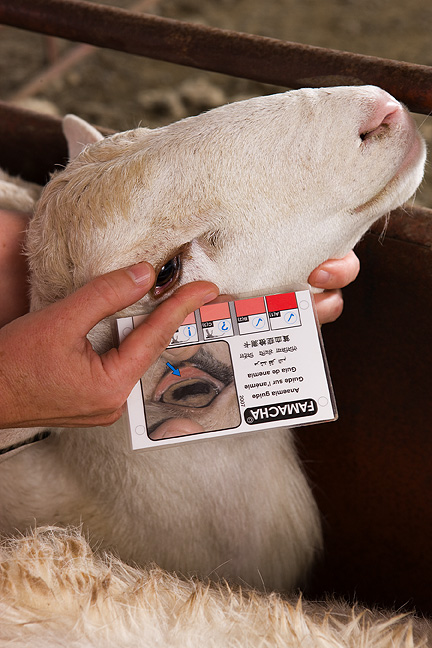
Written by: Shanna Reynolds, Oglethorpe County Extension ANR Agent Internal parasites are often the #1 health problem sheep and goats face in southeastern climates, with the most notorious of pests being the stomach worm, Haemonchus contortus, (aka the Barberpole worm). The industry can no longer rely on deworming drugs alone to control these bloodsuckers. All…
-
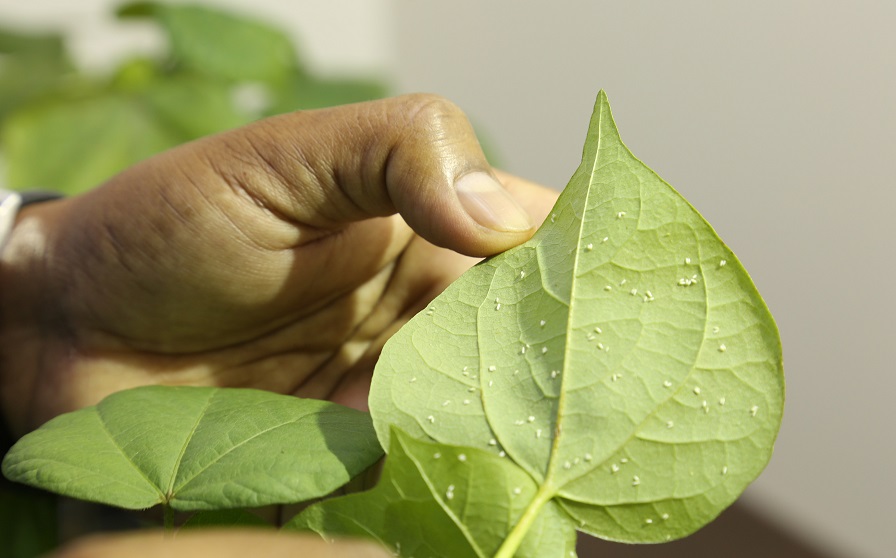
Written by: Emily Cabrera, UGA IPM Communications CoordinatorExpert Source: Phillip Roberts, Extension Cotton Entomologist As the summer months continue to deliver hot, dry conditions throughout most of the state, growers need to be on the lookout for silverleaf whitefly in cotton and vegetables, University of Georgia Cooperative Extension specialist warns. “We are most likely going…
-
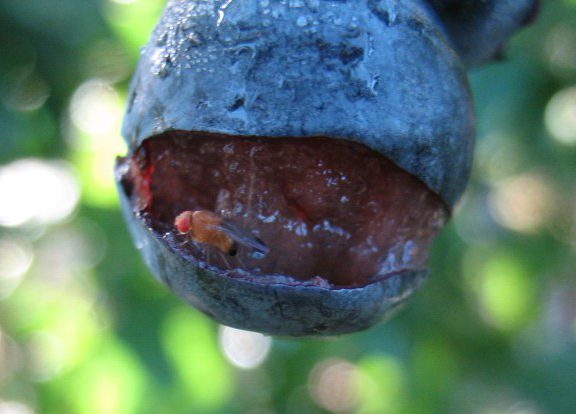
Written by: Ashfaq Sial, Associate Professor, Department of Entomology, University of Georgia Spotted wing drosophila (SWD) control programs should consist of three major components: 1) monitoring and identification, 2) preventative pest management tactics (including exclusion, sanitation, frequent harvest intervals, pruning, mulching, and resistant varieties), and 3) curative pest management tactics such as the judicious use…
Posted in: Blueberry, chemical control, cultural control, exclusion, insect pests, Monitoring, organic, Prevention -

Written by: Ash Sial, Associate Professor, Department of Entomology, University of Georgia Over the past few days, I have received several calls from Extension Agents about prevalence of soft fruit, vertical fruit split, small berry size and some reports of worms in the fruit. Although it is difficult to determine the exact reasons, the unusual…